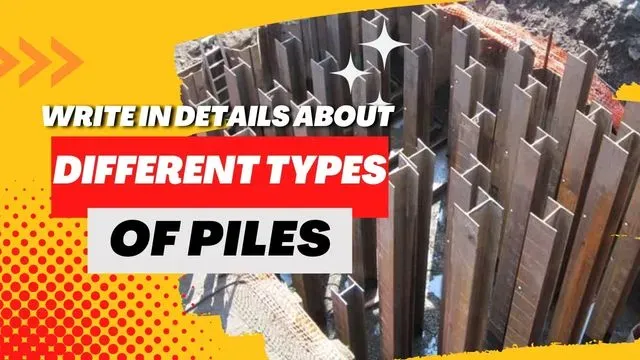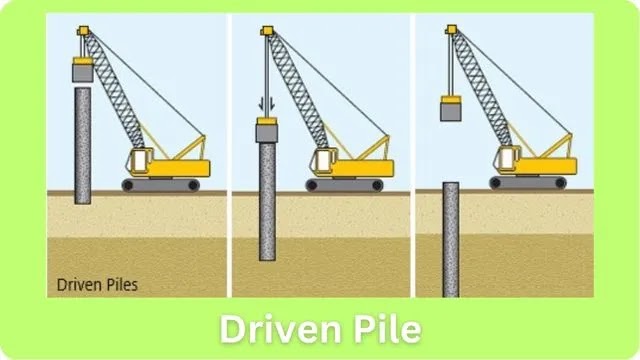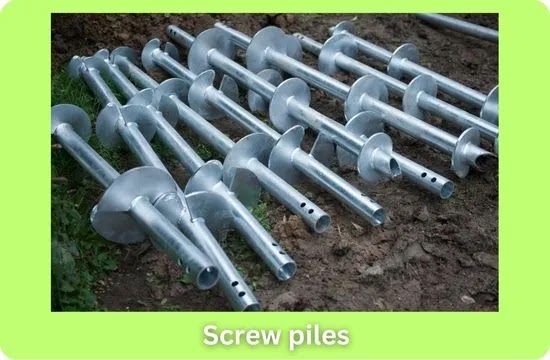Piles: types
Piles are structural elements that are used in deep
foundation construction to transfer the loads of the structure to deeper, more
competent soils or rock. Piles are typically made of steel, concrete, or
timber, and they are driven into the ground using various methods. There are
several types of piles, each with its own unique advantages and disadvantages.
Some of the common types of piles are:
- Driven
piles: Driven piles are one of the most common types of piles used in deep foundation construction. These piles are driven into the ground using a pile driver, which can be either a drop hammer or a hydraulic hammer. Driven piles are typically made of concrete, steel, or timber, and they are used for a variety of applications, including building foundations, bridge piers, and retaining walls.
- Bored
piles: Bored piles, also known as drilled shafts or auger cast piles, are constructed by drilling a hole into the ground and filling it with concrete. The hole can be drilled using a variety of methods, including rotary drilling, auger drilling, or chiseling. Bored piles are typically used for larger structures, such as high-rise buildings, bridges, and dams.
- Cast-in-place
piles: Cast-in-place piles are similar to bored piles, but they are constructed in place instead of being drilled. Cast-in-place piles are typically made of concrete and are poured directly into the ground using a tremie pipe. These piles are commonly used for large structures and can be installed in a variety of soil conditions.
- Micro
piles: Micro piles are small-diameter piles that are typically used in areas where access is limited or where the soil conditions are poor. These piles are typically made of steel or concrete and can be installed using a variety of methods, including drilling, grouting, and jetting. Micro piles are commonly used in residential and commercial construction, as well as for foundation repair work.
- Screw
piles: Screw piles, also known as helical piles or screw anchors, are constructed by screwing a steel shaft into the ground. Screw piles are typically used in areas where soil conditions are poor, and they can be installed quickly and easily using portable equipment. Screw piles are commonly used for small structures, such as fences, decks, and small buildings.
- Sheet piles:Sheet piles are thin, interlocking steel or concrete sheets that are driven into the ground to create a temporary or permanent barrier. Sheet piles are typically used for retaining walls, cofferdams, and seawalls, and they are commonly used in construction sites with limited space.
These are some of the common types of piles used in deep
foundation construction. The selection of the appropriate type of pile depends
on several factors, including soil conditions, the size and weight of the
structure being built, and the available space for pile installation.




.webp)

.webp)






0 Comments